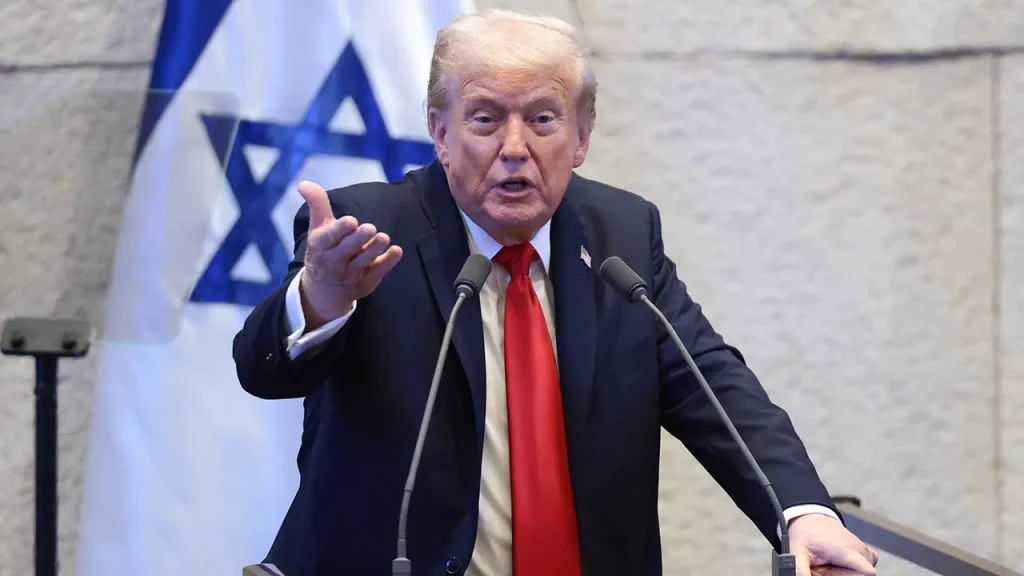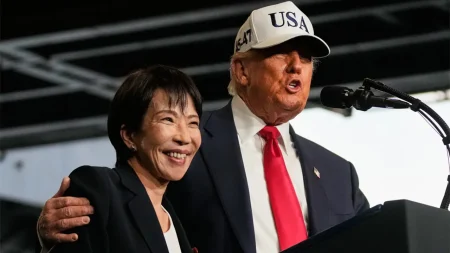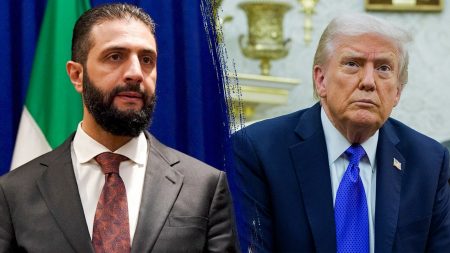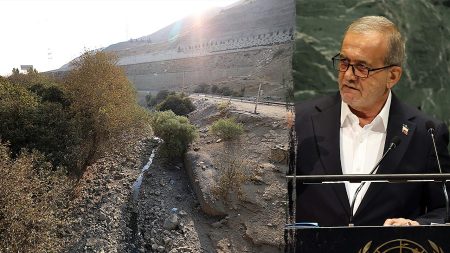Redefining America First: A Strategy of Deterrence Through Strength and Alliances
In recent years, the “America First” approach to foreign policy has evolved beyond its initial characterization as isolationist, emerging instead as a sophisticated strategy of deterrence built on strategic alliances and decisive action. Experts now describe it as a pragmatic doctrine that prioritizes American interests while recognizing the value of key partnerships, particularly with Israel. According to Fred Fleitz, vice chair of the America First Policy Institute’s Center for American Security, this approach represents “a strong national security policy” featuring “a decisive president, keeping our nation out of unnecessary wars, having members of alliances carry their own weight,” while simultaneously “standing strongly with Israel and fighting antisemitism.” This repositioning moves beyond sentiment to strategic calculation: support for allies like Israel serves America’s interests by containing threats that would otherwise require direct U.S. military intervention. The policy acknowledges that certain regional partners effectively serve as America’s forward defense, absorbing threats that might otherwise reach American shores.
The Israel-U.S. alliance exemplifies this strategic principle in action. Mike Makovsky, CEO of the Jewish Institute for National Security of America, frames this relationship through three critical dimensions of U.S. interest in the Middle East: “One is Israel. Two is oil. And three is Islamic extremism — terrorism, Shia and Sunni.” In this framework, Israel provides invaluable service by confronting regional threats that would otherwise demand American military commitment. Recent Israeli operations against Hamas, Hezbollah, and Iranian proxies demonstrate this dynamic. “What did the Israelis just do? They took care of it,” Makovsky notes, pointing to actions that degraded threats while requiring minimal U.S. direct involvement. This arrangement allows America to maintain regional influence while limiting costly deployments and potential casualties. By supporting Israel with weapons and diplomatic backing, America effectively extends its security perimeter while keeping American troops largely out of harm’s way. The strategy recognizes that allies who share American values and security concerns can become force multipliers rather than dependents.
Iran and its network of proxies represent the most significant challenge to this security framework. Fleitz identifies Iran as “the biggest threat” in the region, encompassing “Iran and Iran’s proxies… Hamas, Hezbollah in Syria, Iran-backed militias in Iraq, and then Iran itself, with its nuclear weapons program and its sponsorship of terror.” Both analysts place Iran within a broader alliance structure alongside Russia and China, forming an axis that exploits Middle Eastern instability to undermine American influence globally. This understanding shapes the America First approach to regional security—containing Iran becomes not merely a matter of supporting Israel but of preventing strategic adversaries from gaining footholds that threaten American interests. Rather than disengaging from these challenges, the doctrine emphasizes selective and decisive action to prevent more costly conflicts later, as demonstrated by coordinated efforts to counter Iran’s nuclear program. This approach recognizes that deterrence requires credibility, which in turn depends on willingness to act when necessary.
Energy independence and economic security form another cornerstone of the America First doctrine. Domestic energy production reduces American vulnerability to foreign manipulation while creating leverage in international negotiations. Fleitz notes that “energy independence is a very important part of President Trump’s America First policy to free Americans from high energy bills,” while also providing diplomatic tools for addressing broader conflicts. By encouraging Saudi oil production, for example, America can influence global energy markets in ways that pressure adversaries like Russia. Makovsky further observes that regional stability directly impacts American economic interests: “The biggest threat to the Gulf Arab oil exporters… is Iran,” meaning that Israel’s containment of Tehran helps prevent oil price volatility that would harm American consumers. When Israel helps secure vital shipping lanes and trade routes, Americans benefit from both lower energy costs and reduced need for military deployments to protect commerce. This economic dimension underscores how the America First approach aligns domestic and international interests.
The selective use of force represents a key distinction between America First and both isolationism and interventionism. “He wants to keep our country out of new and unnecessary wars, but he will use military force prudently to defend our national security,” Fleitz explains, describing a doctrine that avoids automatic military responses without removing the option entirely. This approach emphasizes limited footprints with maximum leverage—as seen in the deployment of U.S. personnel to Israel in non-combat roles. The strategy recognizes that American power derives not just from military strength but from credibility with both allies and adversaries. Makovsky warns that abandoning allies like Israel would damage America’s global standing, citing an Arab leader who told him: “If America doesn’t help Israel attack the nuclear facilities of Iran, it will be one of the great catastrophes.” Such abandonment would signal weakness to adversaries worldwide, from Beijing to Moscow to Pyongyang, potentially encouraging aggression against other American partners. Deterrence, in this view, depends on demonstrated commitment to allies who share American security concerns.
The America First approach ultimately seeks peace through strength and strategic partnerships rather than through isolation or endless intervention. Trump’s Gaza peace efforts exemplify this balanced approach, combining firm support for Israel with diplomatic initiatives to achieve specific objectives like hostage releases. Though implementation remains complex, with discussions continuing about “an international stabilization force,” the framework reflects the doctrine’s core principles: protecting American interests while working through partnerships to avoid direct military entanglement where possible. Both analysts emphasize that America First represents not withdrawal from global leadership but rather a recalibration of how that leadership functions. By leveraging strategic partnerships, exercising selective force, pursuing energy independence, and maintaining credibility with both allies and adversaries, America can advance its interests while limiting unnecessary military commitments. This approach recognizes that American dominance depends not on constant intervention but on smart power projection through a network of capable allies who share fundamental security concerns.















